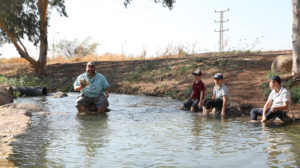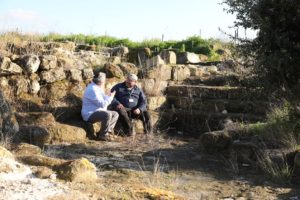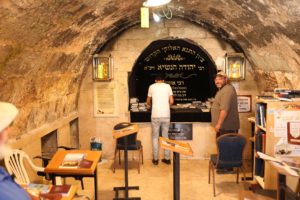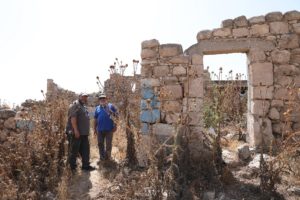Sanhedrin Stopovers
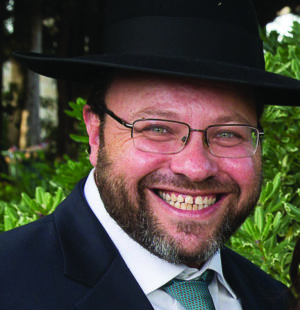
The Shvil HaSanhedrin is the brainchild of veteran archaeologist and guide Dr. Chagi Amitzur
Video: Gil Mezuman
Hike to a Higher Place
If Minnesota is the Land of 10,000 Lakes, Rwanda is the Country of a Thousand Hills, and if Boro Park is the Zone of 100 Pizza Shops, Eretz Yisrael is the Land of 5,000 Trails.
While there are amazing places to see all over the world, only in Eretz Yisrael does one get a mitzvah for every four amos one walks (which I try to remind kvetchy tourists about if a hike seems too long). There are trails for all types of hikers: There’s the Shvil Yisrael, a 1,000-kilometer north-south hike from Tel Dan to Eilat, and the shorter west-east Yam L’Yam trail from the Mediterranean Sea to the Kinneret. There are bike, jeep, horse and even camel trails all over the country. Yet until recently a trail that could connect and educate Jews of all backgrounds was lacking. That changed in 2018 with the introduction of the Shvil HaSanhedrin, the brainchild of veteran archaeologist and guide Dr. Chagi Amitzur, with whom I was privileged to tour at least part of this incredible trail.
In addition to his doctorates, tour guide courses, schools he’s run and digs he’s participated in, Chagi is someone with comprehensive knowledge and appreciation of Chazal and Jewish scholarship through the generations, and is always passionate about making the connection between their holy words and the sites he visits. Chagi has always harbored a dream to create a trail that would not only be one that would fulfill the mitzvah of walking through the land, but would also fulfill the words of Bnei Brak posek Rav Mordechai Gross in his work Menuchas Emes:
It is desirous that on one’s tiyul in Eretz Yisrael one should learn the verses and sayings of our holy sages of the greatness and specialness of each portion of Eretz Yisrael one visits…. When one goes on a tiyul, and especially with one’s children, it is fitting to hike in places that are connected to the words of Chazal, such as places with antiquities and ancient vessels that are mentioned in the Mishnah and Gemara.
This was Chagi’s vision: to create a trail in the footsteps of the Sanhedrin in the Galilee that wouldn’t just be a nature hike in Israel’s most lush region, but one that would also have interactive sites and a strong human angle that would both teach and inspire. For 20 years, the plan languished in the great bureaucracy of the various related government bodies.
In 2015, things changed. Israel’s new Antiquities Authority director, Yisrael Chason, was not an archeologist, but a businessman and educator who wanted to make the Authority relevant to a new generation. He put out a call for new projects and Chagi’s Shvil HaSanhedrin was exactly what they were looking for.
The three-year project had a target date for Israel Independence Day 2018. It was meant to be a birthday gift for Israel’s 70 years of statehood, commemorating the 70 members of Sanhedrin. When the project was completed, it actually ended up being 120 kilometers, which is the number of members of the Anshei Knesses Hagedolah. We tour guides always know how to make things fit.
Oops! We could not locate your form.


